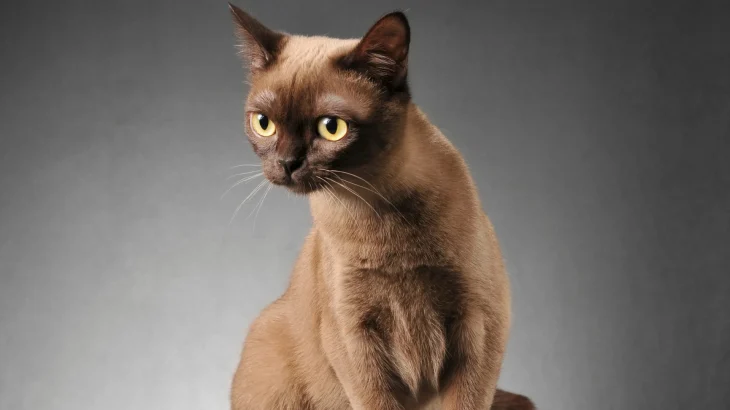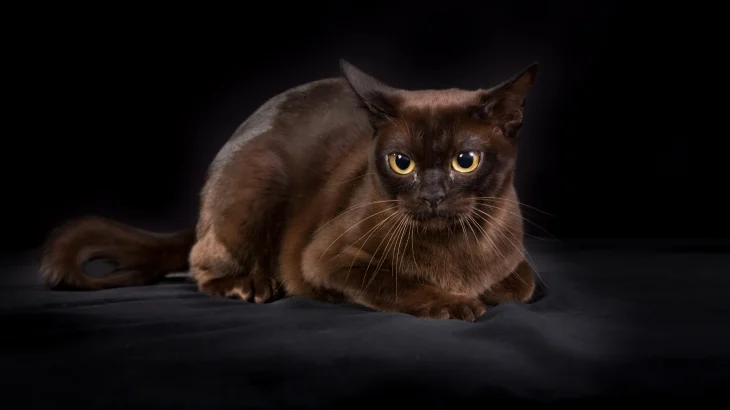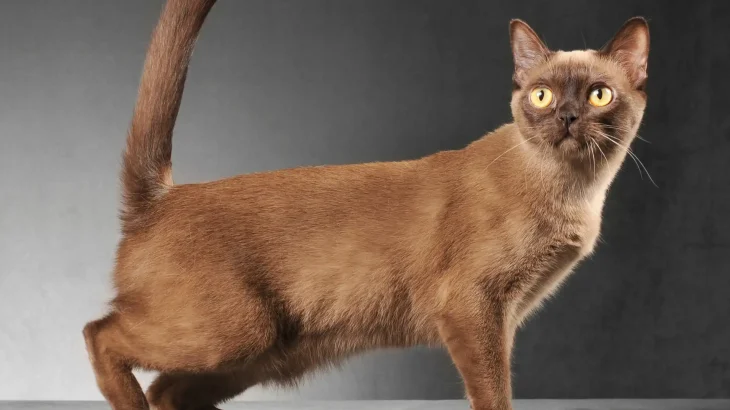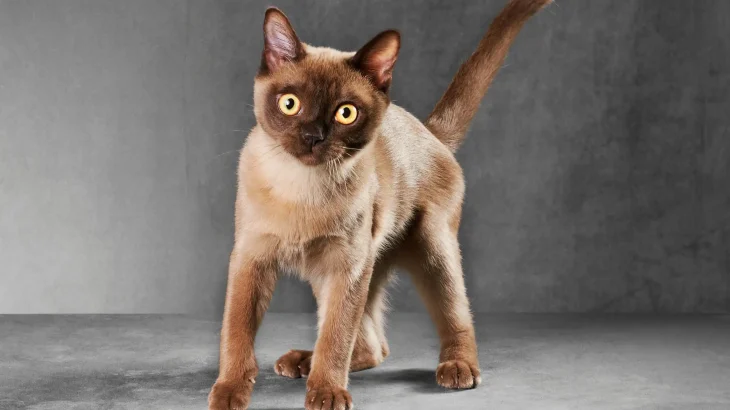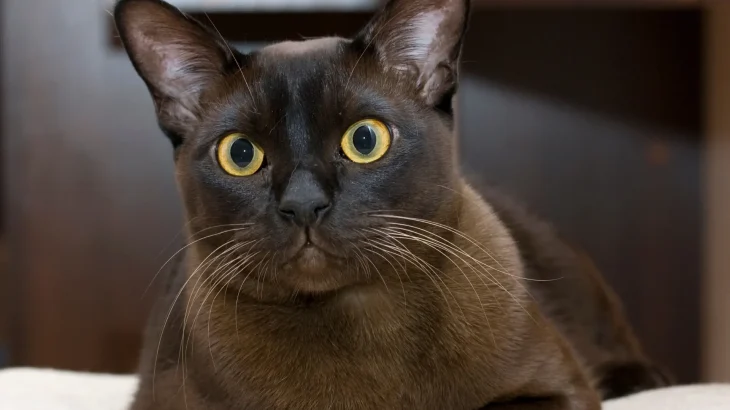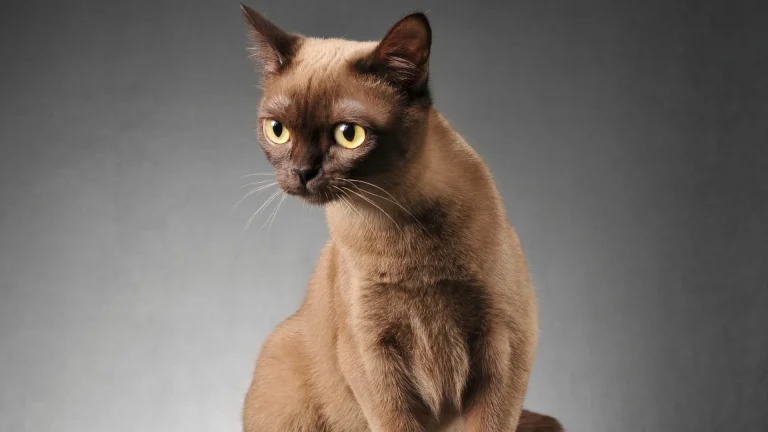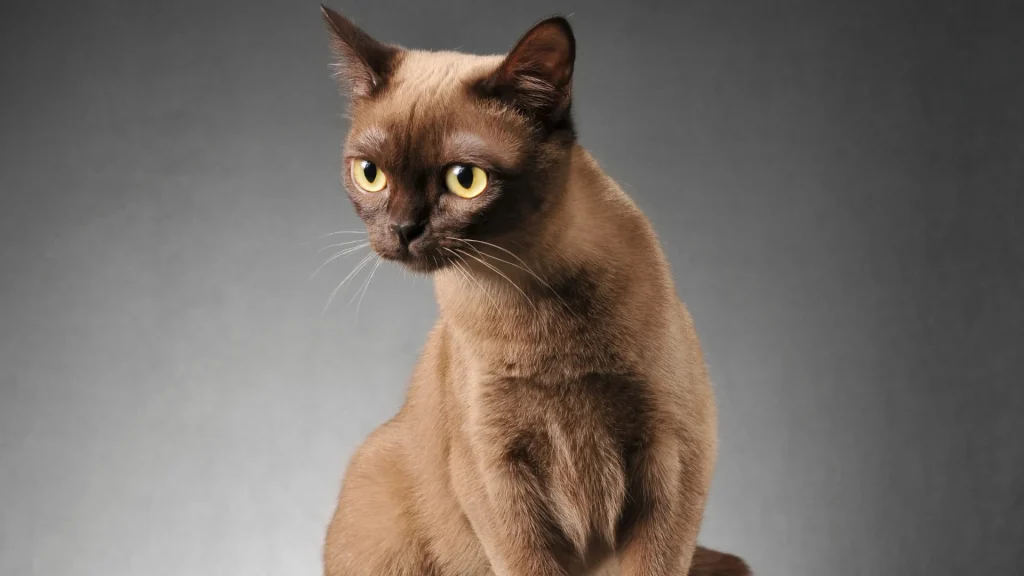Deciding whether to adopt or purchase a Burmese kitten involves weighing predictability against the chance to provide a loving home to a cat in need. Buying from a breeder usually offers more clarity about health and lineage, while adoption embraces giving a second chance to a cat whose background might be less certain.
Adoption vs. Breeder: Pros & Cons
| Criteria | Buying from Breeder | Adopting from Shelter/Rescue |
|---|---|---|
| Cost | Typically higher, often $800 to $1,500 for Burmese kittens. | Generally lower fees around $50-$200, often including vaccinations and spay/neuter. |
| Health History | Breeders provide detailed health records and genetic screenings tailored to Burmese cats. | Health history may be limited; shelters perform essential medical checks. |
| Age Availability | Usually available as kittens, allowing bonding from an early age. | Varied ages including adults and seniors, offering more choice. |
| Temperament Insight | Breeders share info on lineage-based temperament traits common in Burmese cats. | Shelter staff report observed behaviors, but full history may be unknown. |
| Supporting Practices | Supports responsible breeding programs focused on health and breed standards. | Supports animal welfare by rehoming cats and reducing shelter populations. |
| Ethical Considerations | Ensure breeder follows ethical breeding to avoid overbreeding. | Adoption gives a home to cats that might otherwise face euthanasia or long shelter stays. |

